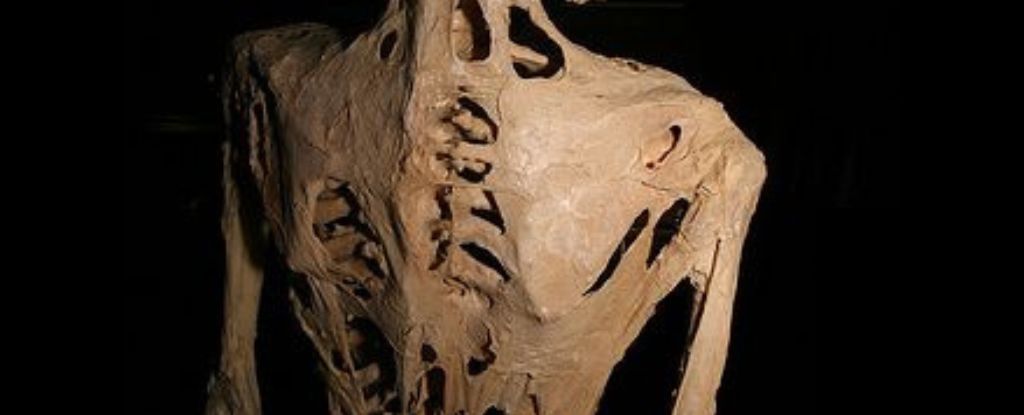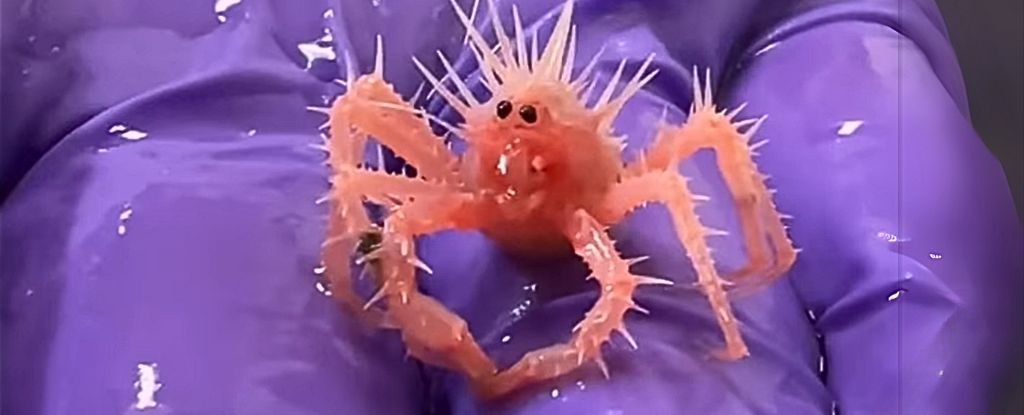An ultra-rare disorder that causes muscle, tendons, and ligaments to irreversibly turn to bone, slowly forming a ‘second skeleton’ on top of the first, could soon be treatable at an earlier age than ever before.
The condition is called fibrodysplasia ossificans progressiva (FOP), and its unpredictable ‘flare-ups’ of ossification are every bit as debilitating as they sound. For the average patient, one joint is immobilized by the painful disorder every two years or so, beginning in young childhood.
By age 30, most are so limited in their movements they require a wheelchair. As more soft tissue is replaced with bone, patients can struggle to breathe, eat, hear, or speak. Many end up dying from complications in their 50s.
At last, hope is on the horizon.
A year after the US Food and Drug Agency (FDA) approved the first and only treatment for FOP, another novel drug has shown success in mouse models. It also had a good safety profile in its first human clinical trial.
The candidate compound, called BLU-782, is now being tested for efficacy in humans, and it has scientists and patients alike feeling optimistic. In most nations in the world, there is no approved therapy for FOP, meaning the vast majority of patients are limited to anti-inflammatory drugs to ease their symptoms.
While BLU-782 newly discovered medicine needs further testing, it joins several other promising FOP treatments that are also in clinical trials.
BLU-782’s ability to bind to a bone-generating signal protein called ALK2 led to it being sifted from a ‘library’ of candidate drugs.
In 2006, scientists discovered that the vast majority of people born with FOP share an active mutation in ALK2’s gene. The finding was a turning point in the treatment of this exceptional disorder, which though confirmed in only about 800 people worldwide, is suspected to affect ten times that number.
In fact, the design of the FDA’s only approved treatment for FOP, called palovarotene, was inspired by that mutation.
“FOP is life-altering to the individuals diagnosed and their families. There’s not a day that goes by where those impacted don’t worry about the debilitating physical pain of muscle that is replaced by bone, another joint locking or the relentless emotional toll of losing the ability to do an activity they love, or hold a loved one close,” said Michelle Davis, executive director of the International FOP Association in 2023.
“The first treatment for FOP has been proven to reduce the volume of new abnormal bone growth, which may result in better health outcomes for people living with FOP.”
Palovarotene, however, is not perfect. While it can stall the calcification of soft tissue, the medication cannot be used for children as it can also stunt normal bone growth.
This is where BLU-782 might have an edge. In mice, it selectively binds to ALK2 to inhibit only certain proteins, reducing side effects. This means it prevents further abnormal bone formation in mice with ALK2 mutations without impacting normal muscle or bone functions. In fact, in mice with broken bones, their skeleton healed even while they were taking BLU-782.
Should the same hold true for humans with FOP, the drug compound could translate to a vital treatment for children.
If the immobilization of joints by ribbons, sheets, and plates of bone can be slowed in young patients with FOP, the disorder could be more easily managed throughout life.
Frederick Kaplan, a University of Pennsylvania orthopedic surgeon who wasn’t involved in the current research, told Mitch Leslie at Science that he hopes future research can “turn a catastrophic disease into an inconvenience.”
The study was published in Science Translational Medicine.





